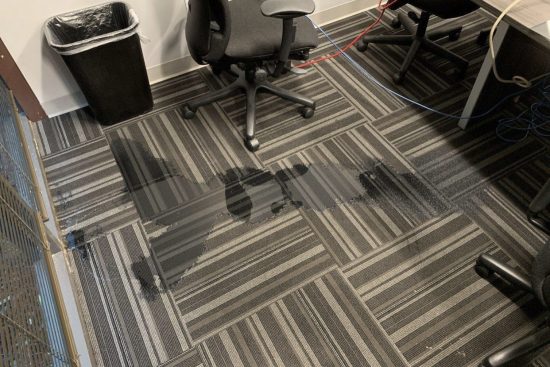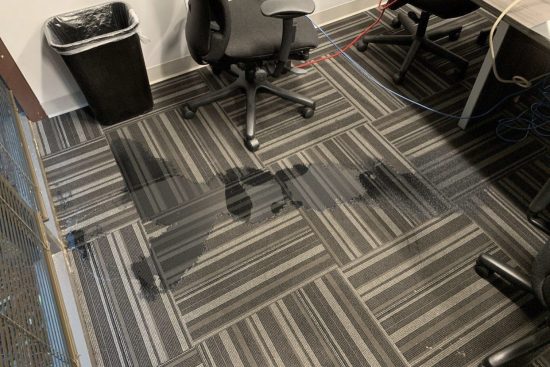

As the summer season slides quietly into fall, it’s hard to believe that COVID-19 closures first went into effect nearly six months ago.
And for some, those closures are only now reaching their end, meaning certain office spaces, restaurants, rental properties, and more have been left devoid of activity or air circulation for half a year.
The problem? The risk of mold growth in these properties is higher than some may expect.
Understanding Your HVAC System
To reiterate the primary points of our previous blog post regarding COVID-19 closures and mold, HVAC systems are particularly vulnerable to mold growth during and after prolonged periods of disuse. Not only can turning the air off in its entirety prove advantageous for moisture intrusion, but stagnated air circulation and the overall lack of body heat may invite the opportunity for mold spores to proliferate at a faster rate.
Additionally, modern construction designs may add insult to injury in that they are designed to thoroughly insulate a building, thereby enhancing the issue of improper ventilation while a building is closed.
“After a building is reopened and occupied, routine checks of the HVAC system are recommended to ensure operating efficiency,” according to the Centers for Disease Control and Prevention. (CDC) reopening guide. “If no routine HVAC operation and maintenance program is in place for the building, one should be developed and implemented.”
Understanding Moisture Intrusion
When there is nobody present to observe or attend to the state of a building — be it a home, office, gym, or other commercial space — there is an increased likelihood of cracks, leaks, and moisture intrusion going unnoticed. But with the HVAC off, other indoor elements, such as wall components, may also trap moisture.
“Some building materials, such as drywall with vinyl wallpaper over it or wood paneling, may act as vapor barriers, trapping moisture underneath their surfaces and thereby providing a moist environment where mold can grow,” the Environmental Protection Agency (EPA) explains.
Plus, with a building’s inhabitants absent for months at a time, mold and moisture can easily feed on the surrounding organic matter in the environment — namely that of wood, cardboard, and even surrounding upholstery.
Understanding Whether Or Not You Have Mold
Identifying whether or not you have mold growth may all start with your sense of smell. If you open the door to your commercial space for the first time since March only to find yourself wading into fetid, mildewy air, you need to invest in a mold investigation.
Not only can mold exacerbate existing respiratory conditions such as asthma or allergies, but exposure to toxic mold may also prompt other flu-like symptoms, skin rashes, respiratory infections, and more. Thus, if you have plans to return and reopen a property you had previously closed in response to COVID-19, it’s time to reach out to Luce Air Quality!
Our team not only offers expert mold assessments, but we also perform comprehensive water damage investigations so that we may provide you with same-day answers and solutions you can trust. If you’re ready to optimize your building’s indoor air quality and safety, contact Luce Air Quality at (904) 803-1014 or email info@luceairquality.com!


